Myofascial release therapy
What is myofascial release therapy?
Myofascial release therapy is also called myofascial trigger point therapy. Myofascial release (MFR) is a specialized technique used by physiotherapists to treat soft tissue problems. This therapy is a manual therapy technique often used in massage. Myofascial release therapy is a massage technique that focuses on relieving pain and muscle tension related to fascial immobility in your myofascial tissues. These are the thick connective tissues that support the muscles.
Myofascial pain differs from other pain types because it originates in ‘trigger points, which are related to stiff, anchored areas within the myofascial tissue. The pain that a trigger point causes is often difficult to localize, although.
The pain typically originates from specific points within the myofascial tissues called “trigger points”. Myofascial release focuses on decreasing pain by easing the tension and tightness in the trigger points. It is not easy to understand what trigger point is responsible for your pain. Localizing that pain to a specific area to the trigger points is very difficult. and For that reason, myofascial release is frequently used over a broad area of your muscle and tissue rather than at single points.
During this therapy, your therapist located myofascial areas that feel stiff and fixed except for elastic and movable under light manual pressure. These areas, although not always near what feels like the source of the pain, are thought to restrict muscle and joint movement, which contributes to widespread muscle pain. The focused manual pressure and stretching used in this release therapy loosen up restricted movement, leading indirectly to decreased pain.
Several studies have found that massage, chiropractic manipulation, and similar manual therapies work as well as other treatments for back pain. some studies, although, have tested this therapy specifically, partly because the exact elements of myofascial release therapy vary from therapist to therapist. If you have been told that myofascial release therapy may be helpful for your back pain, consult a therapist who has training in the technique.
This release therapy is the form of psychotherapy and massage therapy that targets the myofascial tissues. The goal of the treatment is to improve pain, mobility issues, and soreness. generally, the treatment is recommended for people with issues or tightness in the inter connective myofascial tissue these issues typically can not be solved by a regular massage.
Myofascial release therapy is more intense and targeted than relaxing massage therapy. In a massage, the therapist typically uses a sliding, rubbing, and kneading motions to target tightness and knots in the muscle. This type of therapy is recommended for a few people with muscle tightness from things such as exercise, not good posture, or stress.
Myofascial release therapy, on the other hand, involves the application of sustained, targeted pressure of three to five minutes on the fascia that connects the bones and muscles. Ideally, this sustained pressure will release the tissue and improve the pain and mobility issues.
This type of therapy is less relaxing or enjoyable than massage therapy, but for people with chronic pain or deeper fascia injury that regular massage therapy does not resolve, myofascial release therapy can be far more effective.
Myofascial release techniques involve applying gentle pressure into myofascial connective tissue restrictions to eliminate pain and restore motion. There are main Three components, structural releases, unwinding, and rebounding combined with awareness or energy to enable the patient to break through physical and emotional restrictions.
By going slowly and waiting for the body’s natural rhythm, the fascia responds to your therapist’s skilled touch by elongating, reorganizing, and rehydrating. The myofascial release opens space for fluid and energy movement, facilitating greater circulation and communication and allowing the body to heal.
Myofascial release(MFR) massage is a soft tissue treatment of skeletal muscle immobility and pain. Myofascial release involves applying gentle pressure to connective tissue and fascia. This therapy is a deep tissue manual therapy technique that focuses on releasing muscular shortness and tightness that cause pain within the body. The technique targets skeletal muscle and connective tissues that are ‘bound’ by tight fascia in the form of adhesions and dense collections of scar tissue. and trigger points hyperirritable spots that refer pain to in other areas of the body. More specialists use deep, focused manual pressure and stretching to the area to release adhesions and trigger points. This in turn relaxes and restores function to the muscles and their associated joints so that the patient experiences relief and recovery. These treatments address the underlying causes of dysfunction and therefore have longer-lasting results.
Trigger point therapy is a form of myofascial release that applies direct pressure to tense, dense knots of tissue called trigger points. and By applying pressure with another instrument or finger the trigger point eventually “releases” tension and softens so that the area regains its natural function. There are many variations of this technique that a skilled practitioner will be able to apply. Some examples include Active Release Technique, which retrains the muscles’ neurological response pattern so they can relax, and the Graston Technique.
Fascia
Fascia is a structure of connective tissues that are surrounded by muscles, nerves, and blood vessels. The fascia is the connective tissue that runs like a 3-dimensional web throughout the body. In healthy or normal conditions, fascia tissue is wavy in configuration and relaxed. A fascial system can provide cushion support so that movement is increased and without pain. the myofascial release technique helps to detect restricted and can facilitate the release of the fascia. Injury, surgery, poor posture or postural abnormality, or inflammation of tissues can create myofascial restrictions that produce pressure and pain upon sensitive structures.
There are main three types of fascia:
- Superficial Fascia: In which is mostly associated with the skin.
- Deep Fascia: In which is mostly associated with the muscles, bones, nerves, and blood vessels; and.
- Visceral (or Subserous) Fascia: It is mostly associated with the internal organs.
Fascia is the combination of collagen fibers, elastin fibers, and a gelatinous fluid (called ground substance). This matrix surrounded every muscle cell, each muscle fiber, each muscle fibril, and every muscle. Fascia surrounds every nerve, every bone, and each organ, as well. It wraps around the brain and spinal cord, forming the dura. When it dehydrates, the fascia becomes like glue. This tension can create pain when this fascial force is applied directly to pain-sensitive structures. The tension can also reduce the range of motion in joints, lead to muscle pain when muscles have to work against the tight fascia, and can even lead to bizarre, seemingly not related symptoms when fascia entraps nerves.
Moreover, fascia is tightly integrated into the ANS(autonomic nervous system). It is especially effective at contracting throughout the entire body when the nervous system is in fight-or-flight mode, all in the interest of keeping us safe. But with repeated trauma and injuries the whole life, chronic activation of the fight-or-flight mode leaves the fascia in a constricted, tense, dehydrated state, which causes more pain, dysfunction, and injury.
Fascial web
Fascia runs through the body in a web. Fascia can form long lines of tension like those running from your right shoulder to the left hip. Restrictions in the fascial web can lead to strange referred pain and discomfort. For eg, the tension in the left quadriceps could refer to discomfort in the left side of your diaphragm. In addition, dysfunction in your lower spine can easily lead to a headache. According, a myofascial release does not simply treat the symptoms. We assess the body for myofascial restrictions or limitations and work to relieve a restriction.
What Causes of Myofascial Pain?
Myofascial pain can have two sources. Pain can be generated from the skeletal muscle and/or connective tissues that are ‘bound down’ by tight fascia. pain can also be generated from injured myofascial tissue itself. sometimes at a ‘trigger points’ where a contraction of muscle fibers has occurred. In either case, the obstruction of blood flow to the affected structures, thus accentuating the contraction process further unless the area is treated.
The goal of myofascial therapy is to stretch and loosen the fascia so that it and another contiguous structure can move more freely, and the patient’s motion is restored. For this type of reason, this therapy is sometimes referred to as ‘myofascial release therapy. and it may also be referred to as ‘myofascial trigger point therapy by others.
What does myofascial pain feel like?
Common symptoms of myofascial pain syndrome include:
- An aching pain (that feels like it is coming from deep inside the muscle)
- Persistent pain
- Worsening pain
- Muscle knots that are sensitive to touch
- Trouble sleeping due to pain/discomfort in muscles
How does myofascial release therapy work?
Most of the myofascial release treatments take place during the massage therapy session. your therapist will start massaging and stretching the areas that feel rigid with light manual pressure. your therapist then aids the tissue and supportive sheath in releasing pressure and tightness. The process is repeated multiple times on the same trigger point and another trigger point until your therapist feels the tension is fully released.
These areas where the massage therapist is working may not be near where the pain originates or where you feel pain most prominently. Myofascial release works the broader network of muscles that might be leading to the pain. It tries to reduce tension throughout your body by releasing trigger points across a broad section of the muscular system.
Myofascial release therapy can also be done at home using a tool like a massage gun to apply pressure to the muscles and interconnective tissues or a foam roller. This form of myofascial release can be especially helpful for athletes struggling with fascial tension as a result of repetitive muscle use.
Myofascial Release is the hands-on treatment performed on skin with no oils or any creams. The gentle tension between a therapist’s hands and a patient’s skin is what allows access to the fascia in a way that the gliding effect of the traditional massage cannot achieve. The myofascial release incorporates many new types of body manipulation to improve function and movement. For eg, one technique to relieve restrictions in the lower back is a cross-hand technique, with one hand on the crest of the hip and the other hand on the lower ribs. Your therapist’s hands will sink into the fascia and then move away from one another without sliding on your skin. The sustained, gentle force allows the fascia to release in a slow, and non-linear manner. The release will allow your therapist to then follow the body’s cues to the next area. the myofascial release does not simply treat your symptoms. It allows us to work together to find the spiral of restrictions leading to your pain.
Myofascial release techniques for the hamstring muscles using Soft Tissue Release (STR) Video
What are the benefits of myofascial release therapy?
Myofascial release therapy has been shown to provide relief for a range of long-term conditions involving a fascia. It can help to diminish pain and release restrictions more typically known as ‘knots’. and improve blood flow throughout your body. It can also improve your muscle recovery, and sleep, improve the quality of your life, and reduced anxiety.
Some of the benefits myofascial release therapy provides include:
- Reduces pain and anxiety levels
- Improves sleep quality in fibromyalgia patients
- Decreases fascia restrictions, or, tissue tightness
- Improves mobility
- Helps correct posture alignment issues
- Relieves lower back spasms
- Decompresses nerves
And while myofascial release therapy does have its benefits, there are also a few risks attached to the treatment:
- Bruising – Because of the intense and sustained pressure applied to target areas of a body during myofascial release therapy, you may be left with some bruising this is commonly nothing to worry about, but can be not comfortable in the days following your session.
- Soreness: Myofascial release therapy can also leave a with superficial soreness. Hopefully, within some days, this soreness and your underlying pain will both have improved.
- Internal bleeding: In rare few cases, inexperienced myofascial therapy practitioners can lead to internal bleeding.
- Sleep disturbances: The release of your fascial tissue may also make it difficult for you to get comfortable at night, leading to poor sleep or sleep disturbance.
These side effects are extremely rare. Nevertheless, it’s important to visit a certified physiotherapist and/or massage therapist for your myofascial release therapy to decrease the risks.
What are the Contraindications of myofascial release therapy?
MFR may not be appropriate for many patients. Contraindications for MFR include but are not limited to those with aneurysm, malignancy, acute rheumatoid arthritis, advanced diabetes, severe osteoporosis, and healing fractures. Your physician and/or physical therapist can help determine whether or not MFR is an appropriate course of treatment for you.
What are the Conditions treated in myofascial release therapy?
MFR(Myofascial release) therapy focuses on releasing muscular shortness and tightness. There are many conditions and symptoms in which this myofascial release therapy is used. Many patients seek myofascial therapy treatment after losing flexibility or function following an injury or if experiencing ongoing back, hip, shoulder, or virtually pain in any area containing soft tissue.
Myofascial release therapy can be used to treat a range of conditions, bringing pain relief and better myofascial function. This is the most usually treated condition through myofascial release, and it can affect many of the muscles. The “trigger points” for your myofascial pain are determined and after that massaged out.
Common conditions include:
- Injury: Injuries can also lead to muscle stiffness. The affected area will be massaged to loosen the muscles and allow for a quicker healing process.
- Chronic back pain (upper and lower): Upper Back pain and Lower Back Pain are acute or chronic back pain is a common form of discomfort that can be caused by injury, poor posture or postural abnormality, or other habitual physical movements that result in regular wear and tear. By applying myofascial release therapy to specific areas along the spine and addressing surrounding musculature, back pain can be alleviated or minimized in a manageable way. The goal is to restore full function and mobility, which is possible using a variety of MFR techniques.
- Chronic shoulder and hip restrictions
- Carpal tunnel syndrome: carpal tunnel syndrome can benefit from myofascial release by having the muscles in their hands, wrists, and/or arms massaged, to improve function and mobility.
- Migraines and headaches: Myofascial release has also been known to relieve the pain of chronic headaches. and migraines by massaging the tightened muscles around your head and neck.
- Plantar fasciitis: This condition is the most common type of heel pain. This condition involves inflammation of a thick band of tissue that runs across the bottom of the foot and connects your heel bone to the toes. It can lead to limitations and pain in a variety of activities including running, walking, hiking, and jogging. Using MFR along the sole and into the calf muscles helps decrease pain, increase fascial mobility, and improve joint function.
- Fibromyalgia: This condition can also lead to stiffness in many muscles. The affected areas will be determined and after then massage. It is a chronic disease that affects the bones and muscles. Myofascial release (MFR) therapy is key to any fibromyalgia treatment because it increases blood and lymphatic circulation, reduces sensitivity, and reduces chronic inflammation.
- Temporomandibular joint disorder: The muscles around your jaw are massaged through myofascial release in many patients with the temporomandibular joint disorder. This reduces inflammation and pain, as well as increases mobility of the jaw.
- Neck pain: It is commonly due to postural misalignment, trauma, or inflammation in the soft tissues surrounding the head and neck. Tension within the muscles and tendons can lead to localized or referring pain, as well as acute or chronic headaches. Myofascial release can be used to mitigate the pain by reducing the dysfunction of muscle spasms, tightness, and trigger points.
- Shoulder Pain: Shoulder pain causes that can range from mild to severe as a result of general wear and tear or complete rotary dysfunction. MFR can address particular areas that are bound and restore a pain-free range of motion to the entire shoulder joint.
- Arm Pain, Numb fingers, and Leg Pain: Extremity pain generally refers to anything from your arms to fingers and hips to toes (i.e., arms, wrists, fingers, ankles, toes, knees, etc.). myofascial release applied directly to the affected musculature and the surrounding areas can help reduce pain, restore function, and improve the associated joint’s range of motion. Specific tools and techniques enable MFR practitioners to work with everything from small to large muscles to aid in rehabilitation.
- Thoracic outlet syndrome
- Post-polio syndrome
- Whiplash
- Build up of scar tissue
- Post-surgical rehabilitation
- Dizziness or vertigo
- Menstrual or cervical pain
- Urinary incontinence
- Acute sprains and strains
- Poor posture or postural abnormality
- loss of flexibility
Other complex pain issues that have not responded to the treatment
What are the Limitations/Risk factors of myofascial release therapy?
Myofascial release by massage therapy has very some risks. Whether you’re trying to relax or aiming to ease back pain, massage therapy may be beneficial for pain reduction or decreased. Myofascial release therapy has very some risks but is not recommended for individuals dealing with:
- With burns, injuries, painful wounds, or open wounds
- With fractures or broken bones
- With weak bones
- With deep vein thrombosis and/or deep vein issues
- Taking blood-thinning medications
In rarely some cases, massage therapy may cause:
- Internal bleeding
- Temporary paralysis or difficulty moving your muscles
- Allergic reaction to oils, gels, or lotions
- Nerve damage
Myofascial release therapy vs. massage therapy
Myofascial release therapy(MFR) is not the same as massage therapy.First of all, they both have a different focus. Massage works with soft tissue and the overall system of muscles in your body to relieve tension and stress. Myofascial release works specifically with the connective tissue (fascia) to relieve the tightness that leads to muscle restrictions.
Secondly, the type of touch involved in different is each technique. Massage therapy involves steady movement, such as stroking and kneading, on the muscles to bring relief. myofascial release uses sustained pressure to stretch and lengthen a fascia.
Lastly, there is a difference in the use of a lubricant. Massage therapy usually employs oils or lotions to help with smooth movement, whereas myofascial release therapy does not need any lubricants.
DISCLAIMER:
This article is intended or purposeful for your general informational purposes only and does not address particular circumstances. it is not a substitute for professional advice(or guidance) or help( or assistance) and should not be relied on to make decisions of any kind. A few or any actions you take upon the information presented in this article are strictly at your own risk and responsibility.



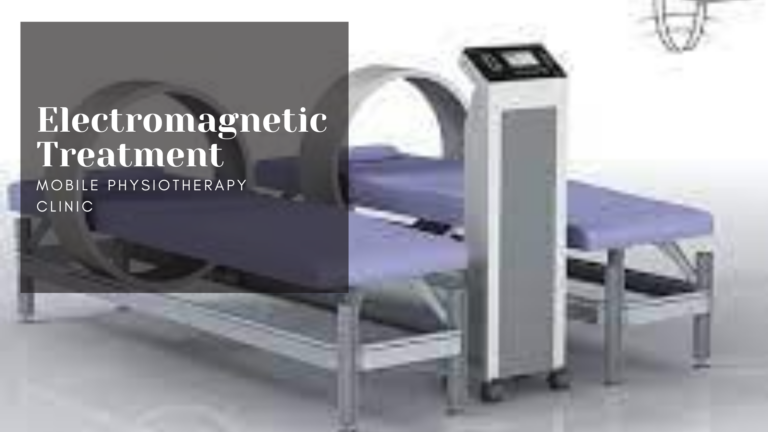
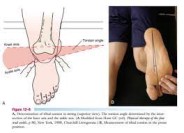
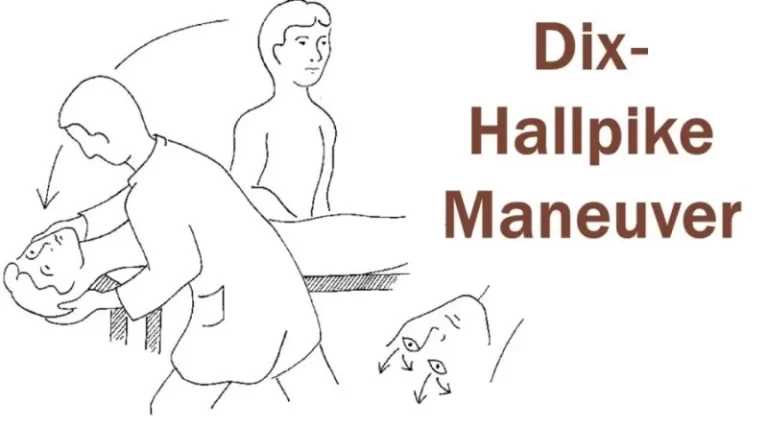
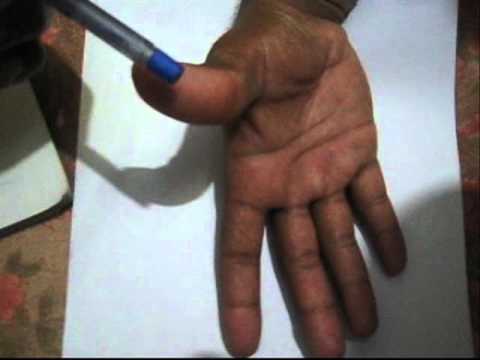
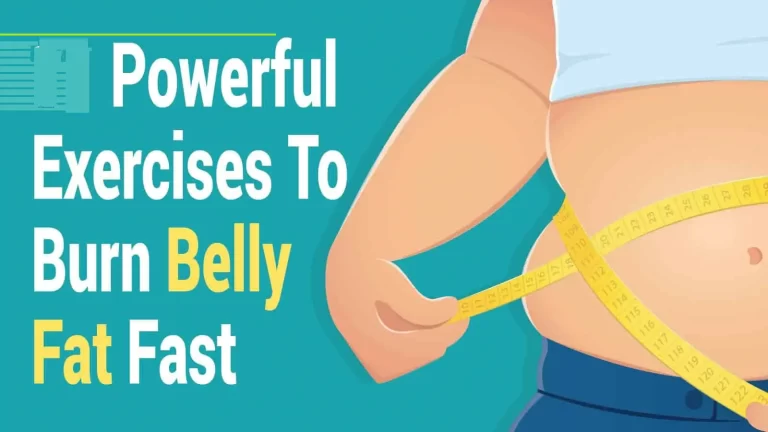
16 Comments